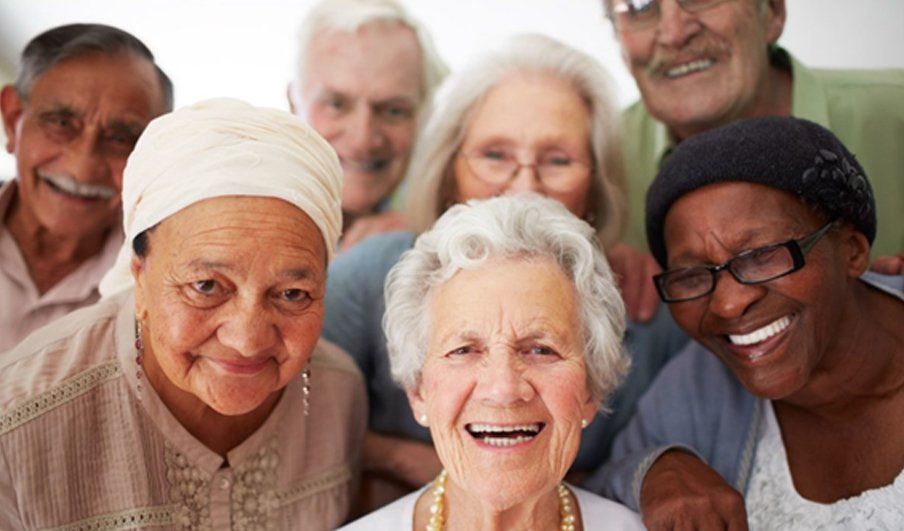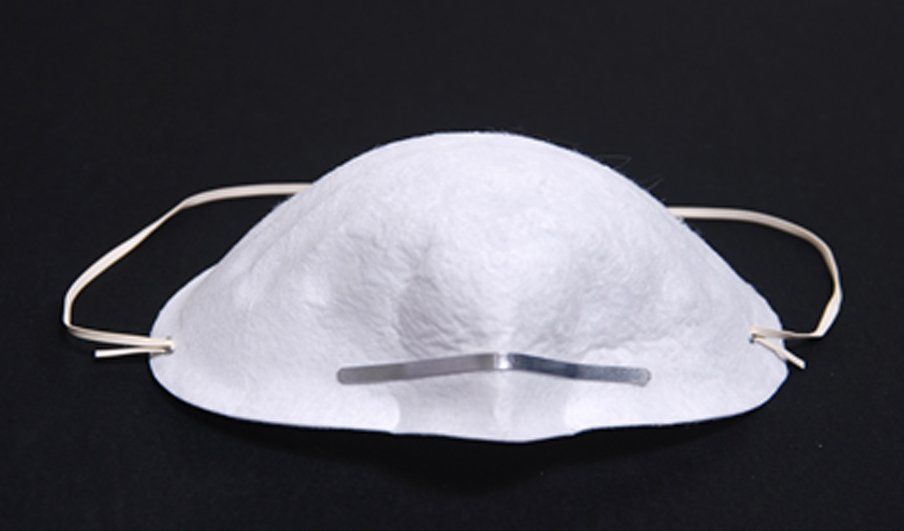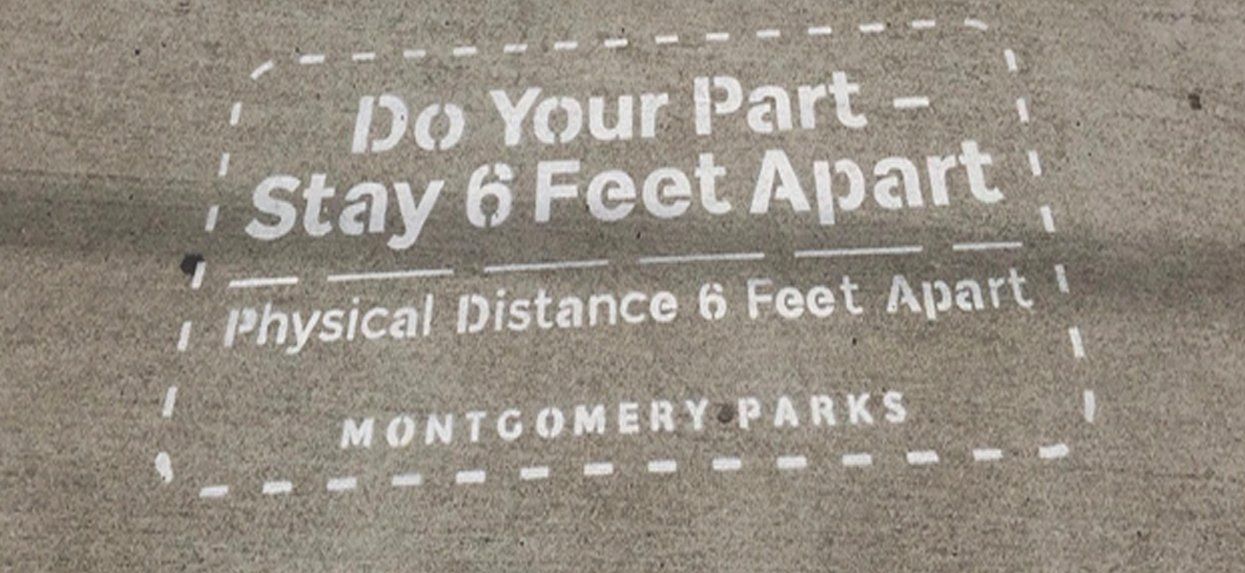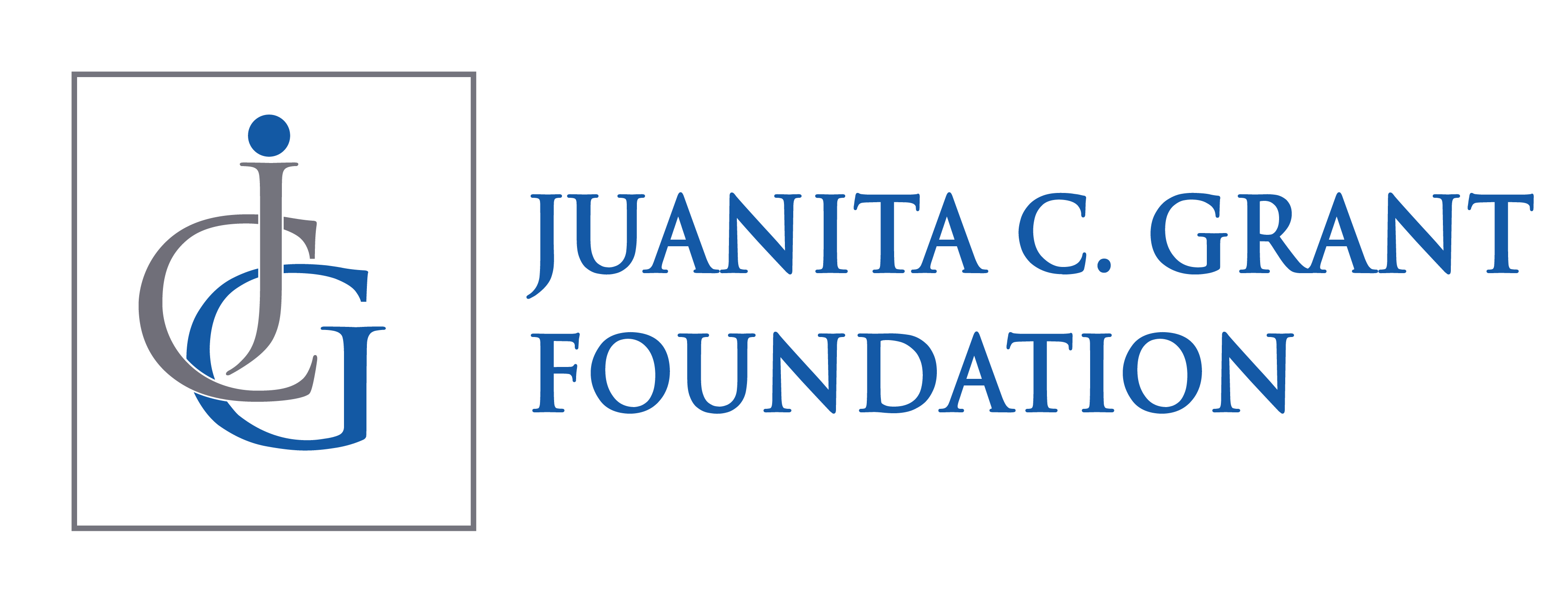Pride With Joy
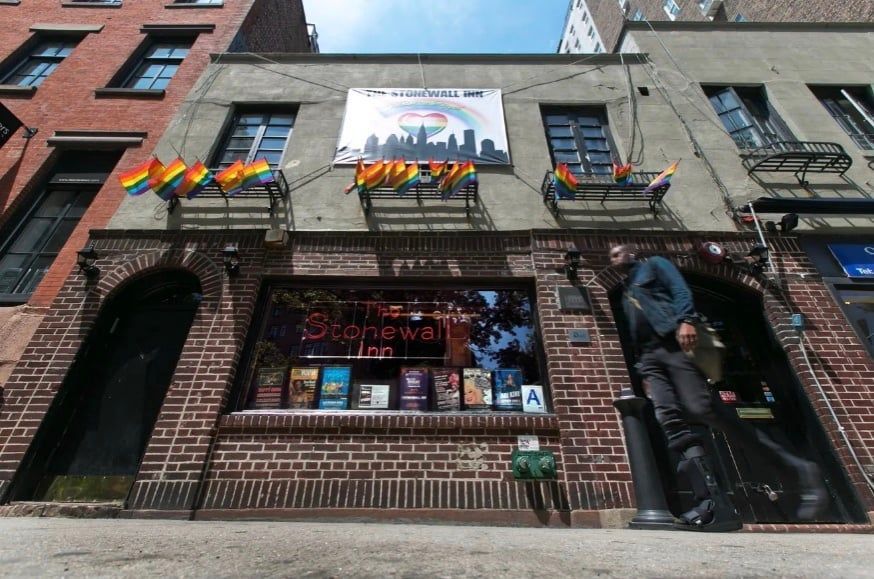
Every year, I look forward to the month of June. The academic year has come to a close for many, and we finally get to tap into full summer mode. But, I mostly look forward to June because it’s the one month in the year that my community, the LGBTQ+ community, is centered everywhere you look. For me, Pride Month is this grand celebration! We have rainbow and bright-colored parades in just about every city, globally. Almost every company creates rainbow-colored pride gear for purchase, changing their brand logos on social media to reflect the rainbow. For a moment, there becomes a sense of community. I always felt that during this time of year, people could just let their hair down and embrace their full selves, when the world often asks them to hide it
LGBTQ Pride Month began in 1970, after the Stonewall Riots, a series of gay liberation protests, in 1969 in New York City. Pride Month is now celebrated across the United States and a number of countries across the globe. It is a great opportunity for everyone, allies included, to come together to honor the past, celebrate the culture, and continue to emphasize the need for access to rights.
Personally, Pride Month is the ability to celebrate me in my most authentic way. Being openly gay since the age of 19, means I have a privilege and responsibility to the LGBTQ+ community. As a nationally recognized speaker for LGBTQ+ Inclusion, specifically around sports, I know what it means to serve my community, highlight the injustices that continue to happen, and work to educate individuals on why it’s important to see the LGBTQ+ community in all facets of your organizations.
Recently, I was a keynote speaker at the Black Student-Athlete Summit in Los Angeles, California, where we celebrated and acknowledged the contributions of Black athletes in collegiate sports. In one of the online group conversations before the summit, there were several athletes who created an LGBTQ+ thread. These athletes were blown away by the number of queer members that existed in this space, in such a Black space. After reading through their thread, I knew it was important for me to address this in my keynote conversation, to emphasize that sometimes the LGBTQ+ community within the Black community is not always seen. So when I say I have a privilege and responsibility to my community this is what I mean. In the current political climate we live in, we have the right to show up and represent all of ourselves, not just the parts of us that people want to accept.
Resa B. Lovelace
Advisory Council Member
Founder & CEO of RBL Theory
Must Read Newsletter
Sign up for news and events
Newsletter
Most Popular


